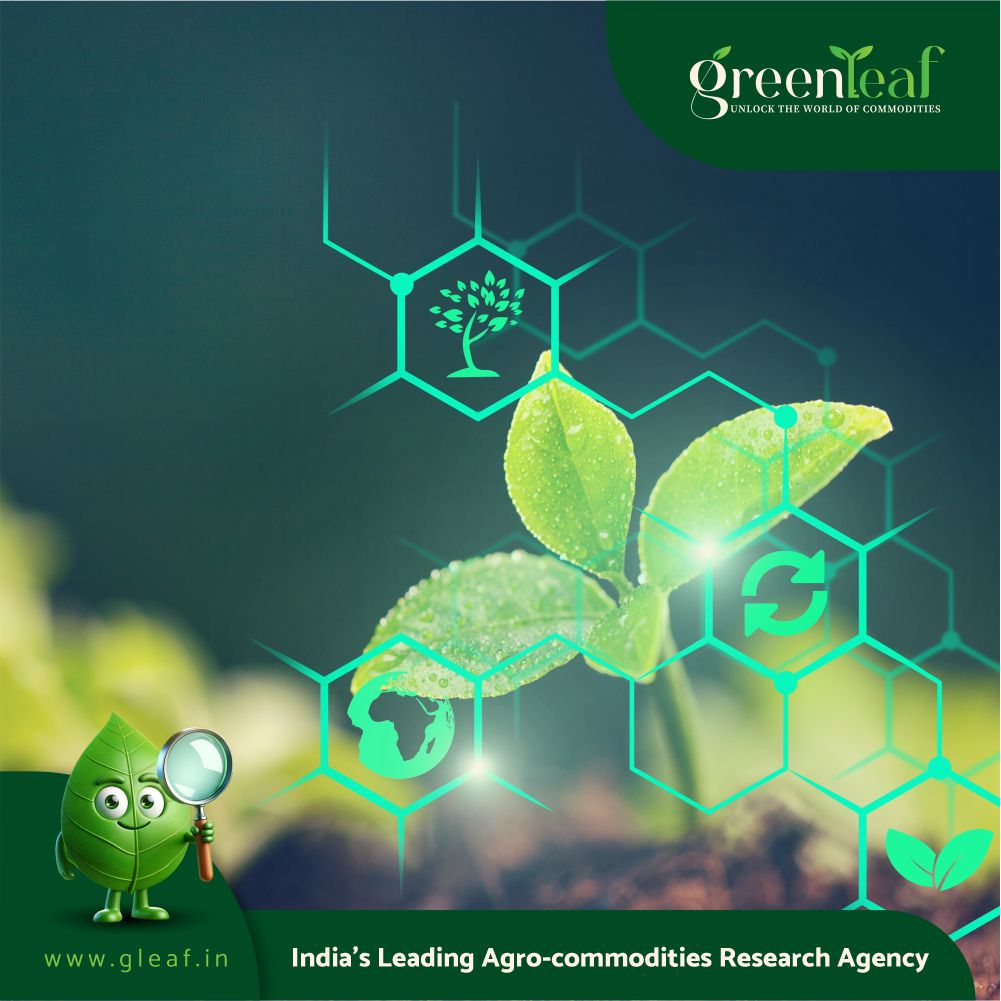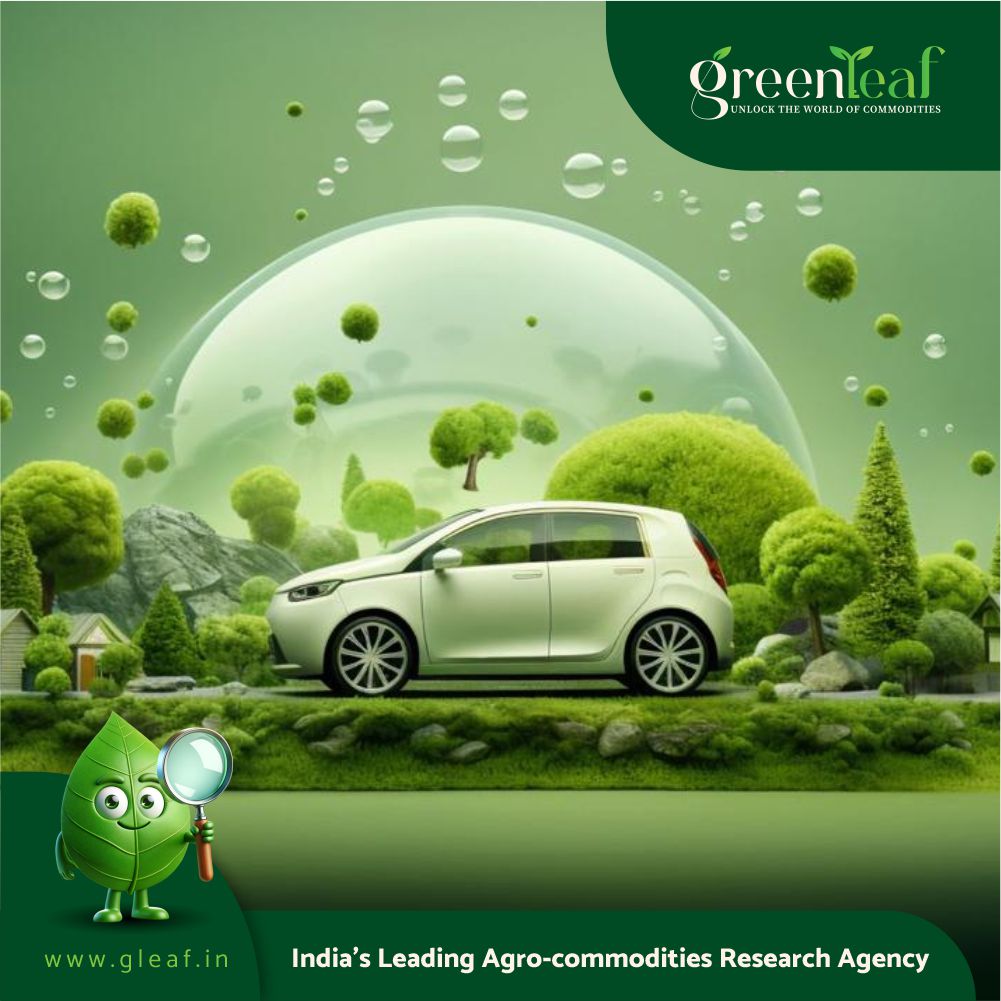The Organisation of Arab Petroleum Exporting Countries (OAPEC) is giving a new push behind hydrogen under a ‘Hydrogen Guidance Initiative’ for its 11-member countries.
The Kuwait-based organisation co-ordinates energy policies among Arab states.
The initiative will focus on supply chain challenges, how best to integrate hydrogen and renewable energy sources, exchange data and expertise, and draw on international best practice. It will also promote scientific innovation through research into electrolysis and carbon capture.
The policy drive was recommended at the third annual OAPEC symposium on “Global and Arab Hydrogen Developments: Trends, Challenges and Opportunities”, which recently concluded in Cairo.
Several members, including Egypt, KSA and the UAE, are already at the forefront of hydrogen development, but the guidance will be welcomed in countries such as Algeria, Tunisia and Libya where it remains in its nascent stages.
Egypt and France recently signed a €7bn ($7.6bn) agreement to develop a green hydrogen production facility. The UAE, targeting 1.4 mtpa of hydrogen production by 2031, is working on a green hydrogen-based steel pilot project.
McKinsey forecasts Middle East hydrogen demand could reach 660 million metric tonnes annually by 2050.
Hydrocarbon-rich countries are likely to supply blue hydrogen because it provides an outlet for their hydrocarbon reserves, an opportunity to (re)use hydrocarbon reservoirs and midstream infrastructure, as well as an opportunity to lead the global energy market.
But doing so requires investing in technologies such as CCUS to help ensure blue hydrogen remains competitive.
“Because green hydrogen is expected to become competitive after 2030, those with access to low-cost zero-carbon energy could also build on the green-hydrogen momentum and leverage any favourable renewable-energy sources to hedge the risk of blue hydrogen’s cost competitiveness versus green hydrogen in the decades to come,” it notes.















